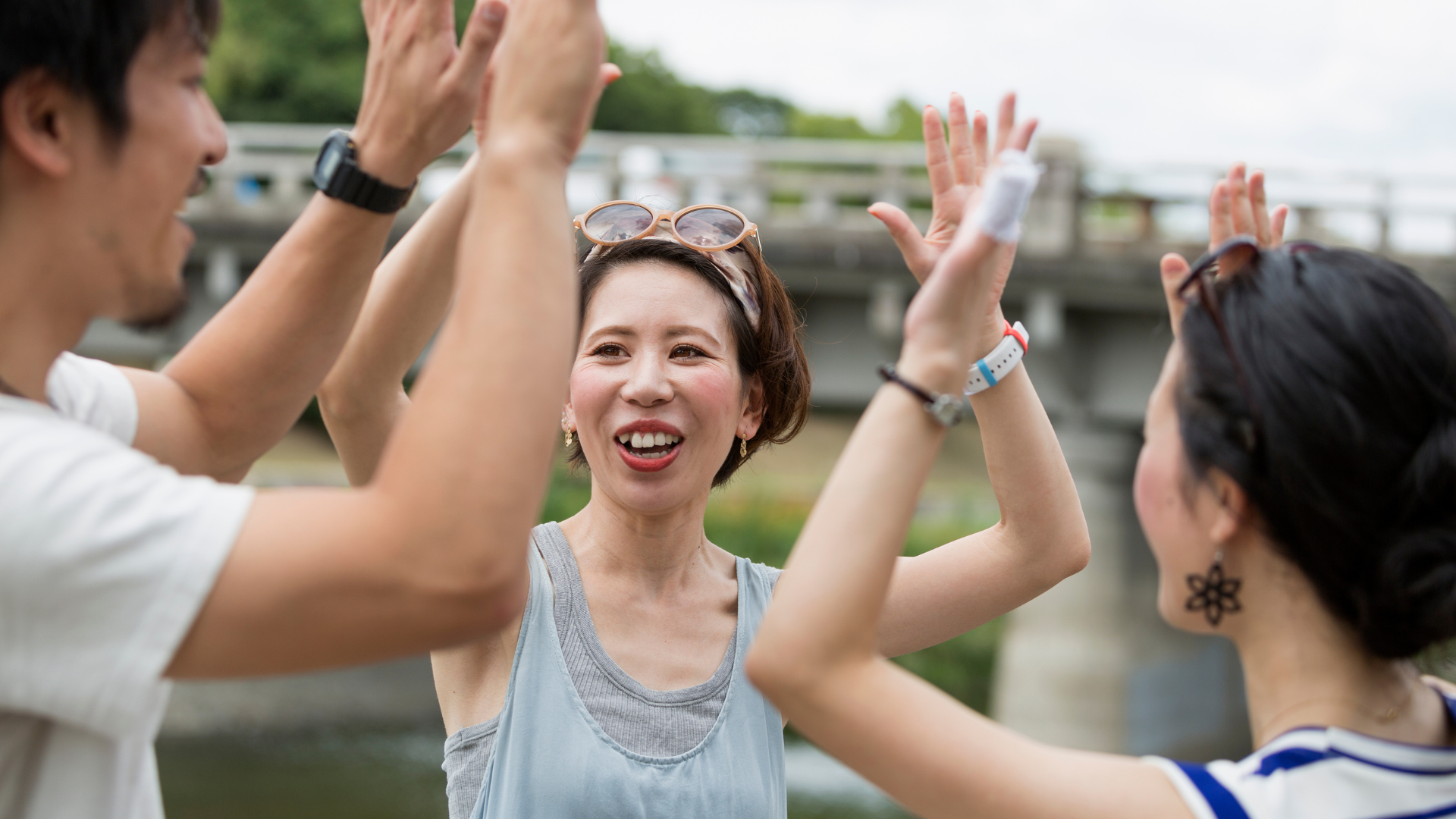Introduction: The Path to Ageing Well
Ageing is inevitable, but how we age is within our control. The key to a fulfilling, long life is not just about adding years but ensuring those years are filled with energy, mobility, and good health. Sustainable ageing is about adopting practical, long-term habits that promote physical, mental, and emotional well-being. This guide consolidates the essential steps for ageing well, offering an actionable framework for a healthier future.
By focusing on nutrition, movement, mental resilience, and preventive healthcare, we can build a solid foundation for maintaining independence and quality of life as we grow older. Let’s explore a structured approach to sustainable ageing that anyone can incorporate into their daily routine.
Step 1: Build a Longevity-Focused Diet
Food is one of the most powerful tools for longevity. A nutrient-dense diet helps maintain metabolism, supports cognitive function, and reduces the risk of age-related diseases. To optimize dietary habits:
- Prioritize Whole Foods: Base meals on fresh vegetables, fruits, whole grains, and lean proteins. The Mediterranean diet, rich in healthy fats from olive oil, nuts, and fatty fish, has been linked to a longer lifespan.
- Incorporate Anti-Inflammatory Foods: Berries, turmeric, green tea, and dark leafy greens combat oxidative stress and chronic inflammation.
- Maintain a Healthy Gut: A diverse microbiome supports digestion and immune function. Include probiotic-rich foods like yogurt, kimchi, and sauerkraut alongside fiber-rich foods like legumes and whole grains.
- Stay Hydrated: Dehydration can lead to cognitive fog and joint stiffness. Aim for at least 2–3 liters of water daily and incorporate herbal teas for added benefits.
- Practice Time-Restricted Eating: Intermittent fasting (e.g., a 12- to 16-hour fasting window) can improve metabolism, insulin sensitivity, and cellular repair.
Consistency is key. A sustainable diet is one that is enjoyable and realistic, rather than restrictive.
Step 2: Prioritize Movement and Strength
Physical activity is the closest thing we have to a fountain of youth. It helps preserve muscle, keep the heart strong, and reduce the risk of chronic diseases. The best approach combines:
- Cardiovascular Exercise: Walking, swimming, cycling, or dancing for at least 150 minutes per week improves heart health and stamina.
- Strength Training: Lifting weights or using resistance bands twice a week preserves muscle mass, preventing frailty and osteoporosis.
- Flexibility and Mobility Work: Yoga, stretching, and tai chi improve balance and coordination, reducing the risk of falls.
- Daily Movement: Small habits, like taking the stairs, gardening, or standing instead of sitting for long periods, contribute to overall longevity.
Find activities that bring joy, whether it’s group fitness classes, nature hikes, or playing with grandchildren. Movement should be seen as a lifelong commitment rather than an occasional goal.
Step 3: Strengthen Cognitive Health and Mental Resilience
Brain health is just as important as physical well-being. Engaging in mentally stimulating activities helps keep memory sharp and reduces the risk of neurodegenerative diseases.
- Lifelong Learning: Read books, learn a new language, or take up a creative hobby to keep the brain active.
- Social Engagement: Regular interactions with family, friends, and community members boost mood and prevent cognitive decline.
- Mindfulness Practices: Meditation, deep breathing, and gratitude journaling help regulate stress and improve mental clarity.
- Quality Sleep: Aim for 7-9 hours of restorative sleep each night. Establish a sleep routine, limit blue light exposure, and create a relaxing bedtime environment.
Mental resilience is built over time. Engaging in activities that challenge the brain and cultivate joy enhances cognitive longevity.
Step 4: Preventive Healthcare and Regular Check-Ups
Proactive health management is essential for detecting and preventing diseases early. Establishing a routine for preventive healthcare ensures optimal well-being:
- Regular Health Screenings: Monitor blood pressure, cholesterol, glucose levels, and bone density as recommended by healthcare providers.
- Cancer Screenings: Routine mammograms, colonoscopies, and skin checks can detect early warning signs of disease.
- Eye and Hearing Exams: Sensory health impacts independence and quality of life. Regular vision and hearing tests help maintain engagement with the world.
- Dental Care: Oral health is linked to heart health. Brush and floss daily, and schedule biannual dentist visits.
- Vaccinations and Immune Support: Stay up to date on flu shots, pneumonia vaccines, and other age-related immunizations.
Preventive care extends beyond doctor visits. Monitoring one’s health, making informed lifestyle choices, and staying educated about age-related conditions are critical components of sustainable ageing.
Step 5: Build a Sense of Purpose and Community
One of the strongest predictors of longevity is having a sense of purpose. People who wake up with meaningful activities to engage in tend to live longer, healthier lives.
- Stay Connected: Loneliness is a significant risk factor for age-related decline. Prioritize relationships and community involvement.
- Volunteer or Mentor: Sharing knowledge and supporting others fosters fulfillment and keeps the mind engaged.
- Pursue Passions: Whether it’s music, gardening, or travel, hobbies add excitement and joy to life.
- Practice Gratitude: Reflecting on positive aspects of life promotes emotional resilience and reduces stress.
Studies show that people who feel a sense of purpose and connection have lower levels of stress and better health outcomes. Investing in relationships and personal growth is just as important as diet and exercise.
Step 6: Create a Sustainable Routine
Sustainable ageing practices require consistency. Rather than overhauling habits overnight, focus on gradual, long-term changes.
- Start Small: Focus on one change at a time—whether it’s adding more vegetables to meals, walking for 10 minutes daily, or meditating before bed.
- Track Progress: Keeping a journal or using apps can help monitor habits and stay motivated.
- Stay Flexible: Adapt habits as needed, allowing for life’s natural ebbs and flows.
- Enjoy the Process: Longevity is not about deprivation—it’s about making choices that enhance life.
Sustainable ageing is built on habits that fit seamlessly into daily life. The key is consistency, not perfection.
Conclusion: Ageing Well is a Lifelong Commitment
Ageing is not about fighting time but embracing it with vitality. By nourishing the body, staying active, keeping the mind sharp, prioritizing preventive healthcare, fostering social connections, and creating a sustainable routine, individuals can optimize their health and well-being for years to come.
The secret to sustainable ageing lies in small, intentional actions taken consistently. It is never too late—or too early—to start building habits that support a longer, healthier life.
Final Thoughts: Taking Action
After reading this series, what will be the first step you take toward ageing well? Whether it’s improving your diet, joining a walking group, or scheduling a long-overdue check-up, the best time to start is now.
References
- Buettner, D. (2012). The Blue Zones: 9 Lessons for Living Longer From the People Who’ve Lived the Longest. National Geographic Society.
- Colcombe, S., & Kramer, A. F. (2003). Fitness effects on the cognitive function of older adults: A meta-analytic study. Psychological Science, 14(2), 125-130.
- Mattson, M. P., et al. (2017). Mechanisms of brain aging and strategies for intervention. Nature Reviews Neuroscience, 18(11), 593-608.
- Walker, M. P. (2017). Why We Sleep: Unlocking the Power of Sleep and Dreams. Scribner.
- Holt-Lunstad, J., et al. (2015). Loneliness and social isolation as risk factors for mortality. Perspectives on Psychological Science, 10(2), 227-237.





